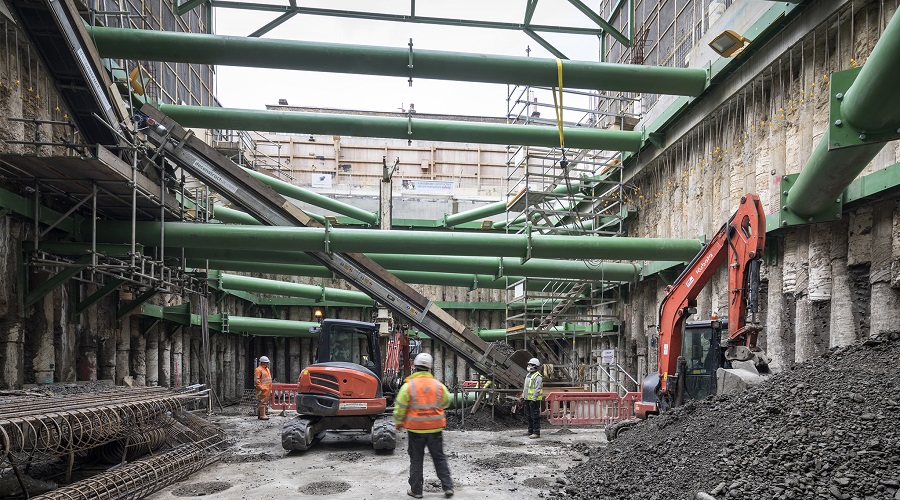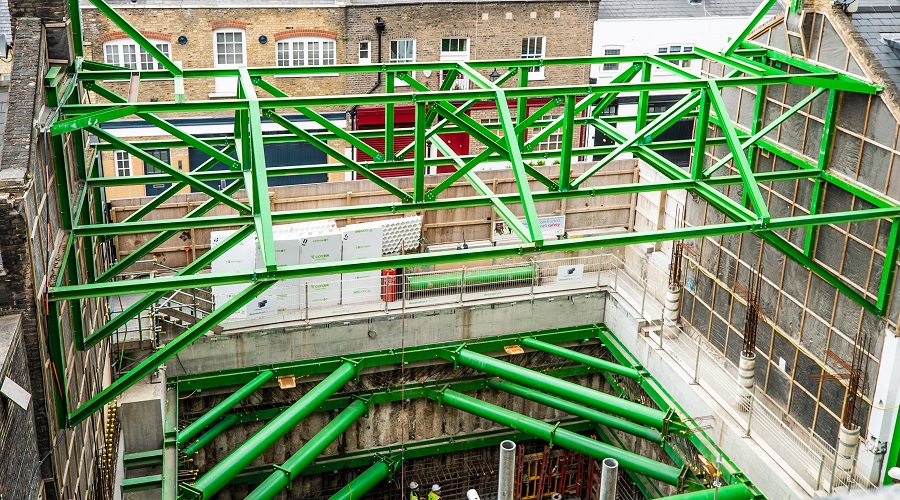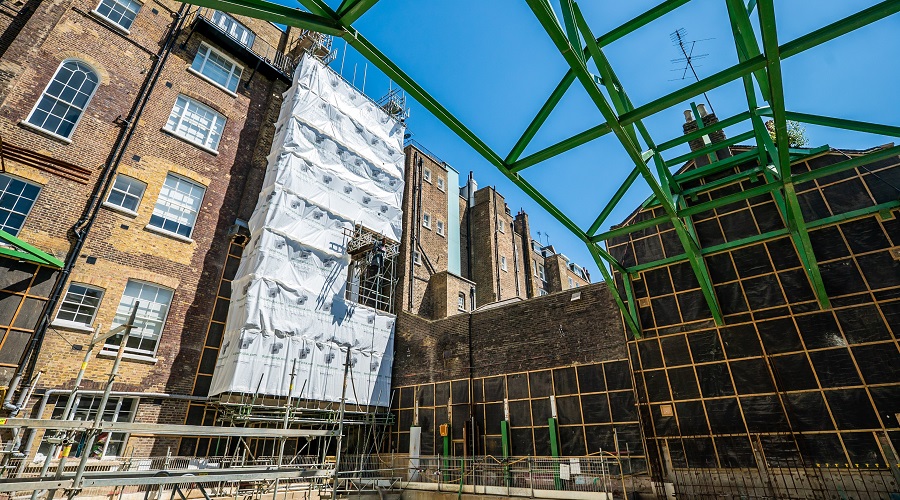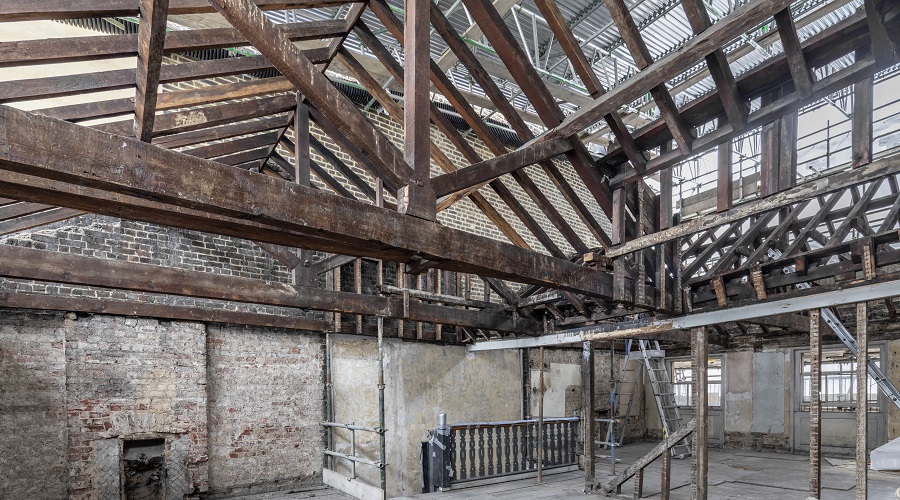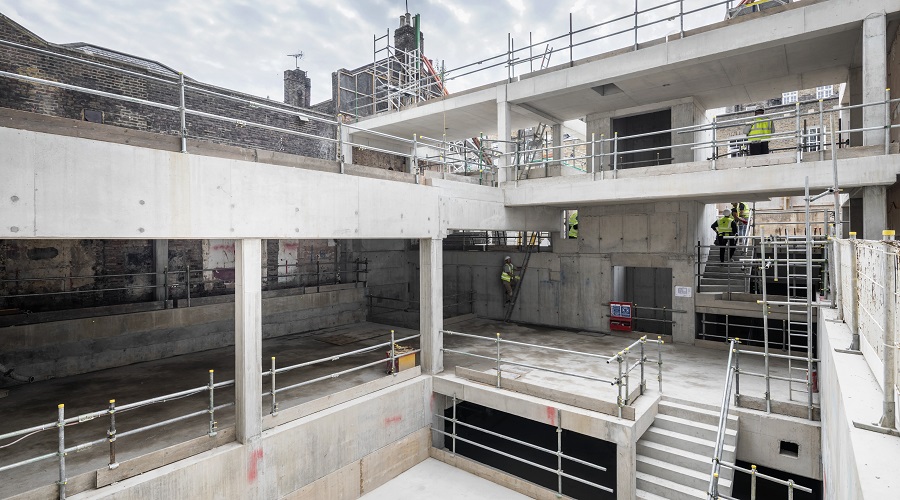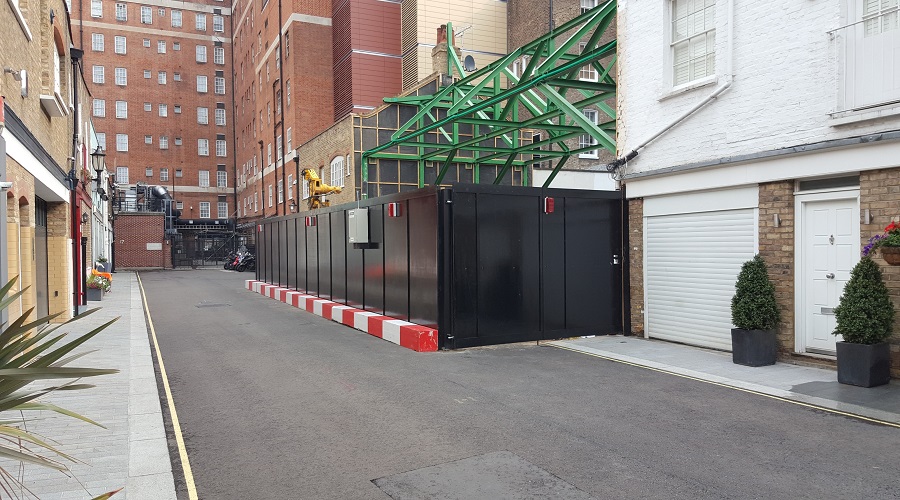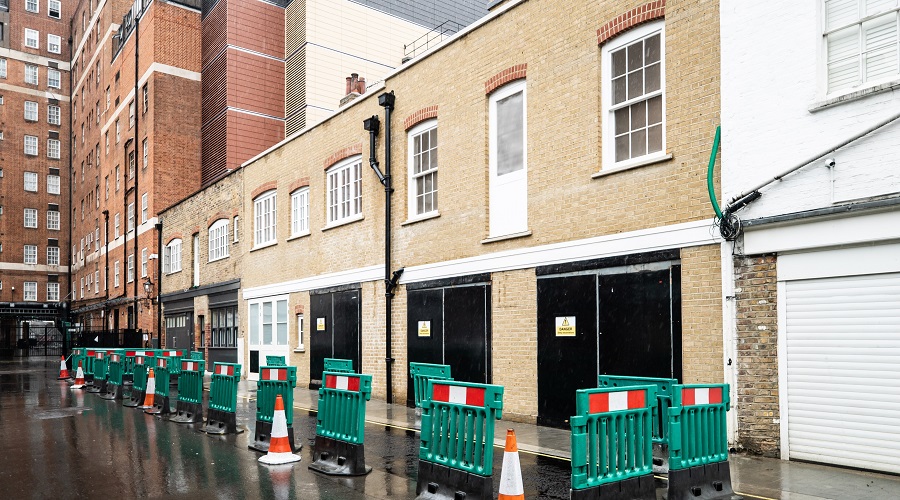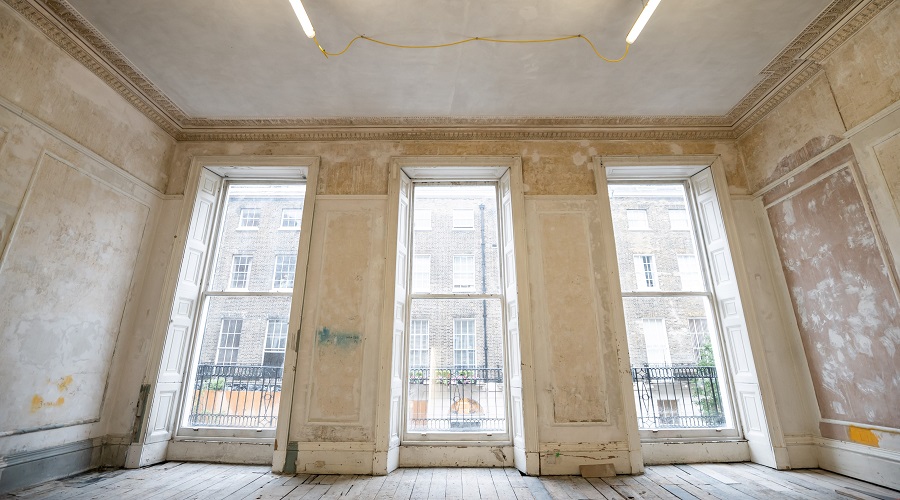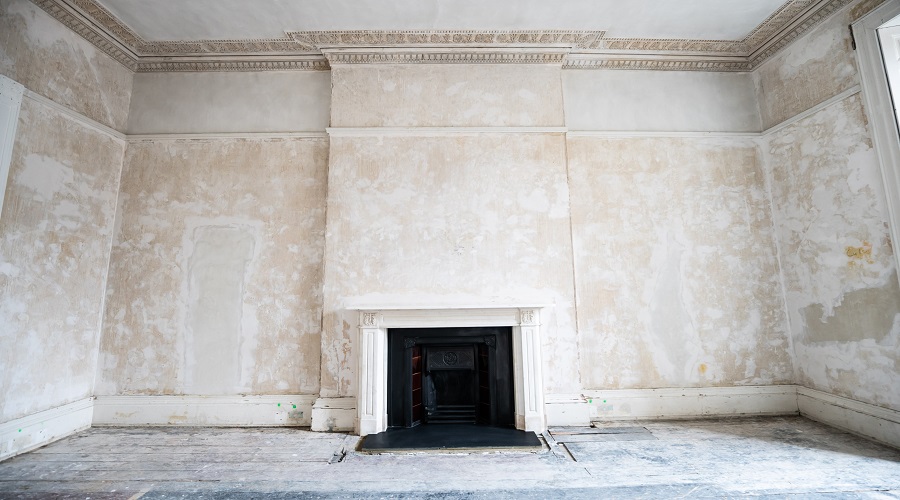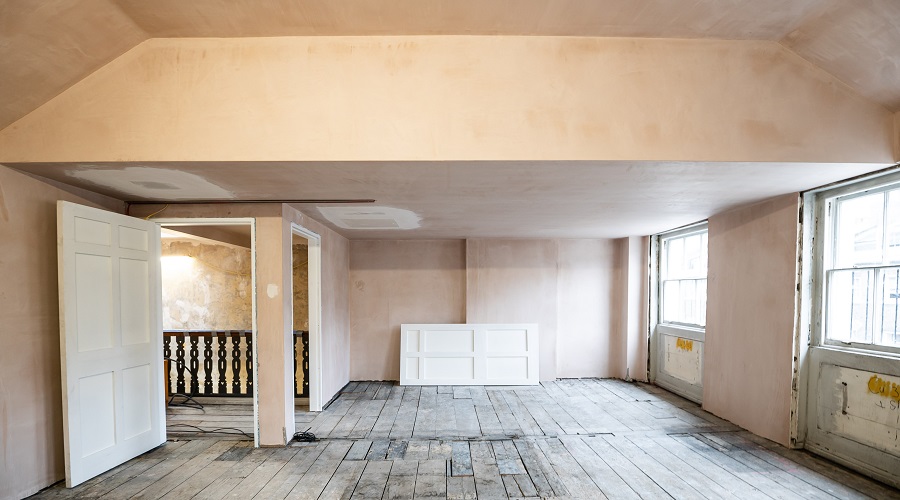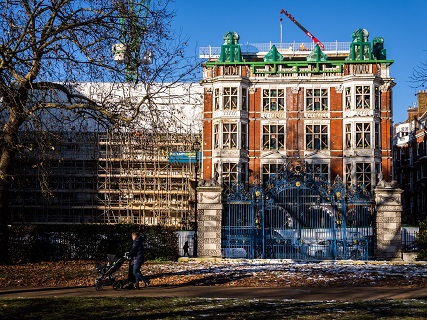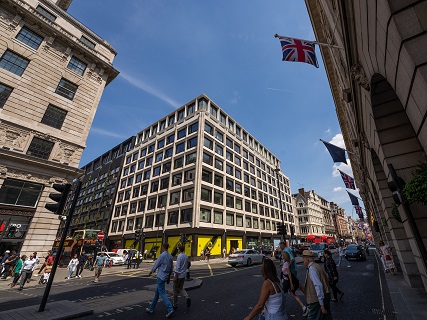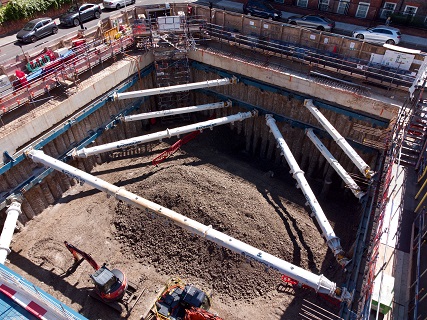141-143 Harley Street
Location
141-143 Harley Street
Sector
healthcare
Nature
enabling works, basement construction, envelope, and landlord’s fit-out
Value
£ 8.5 million
Employer
The Howard De Walden Estate
Delivered by


Project details
This challenging project comprises the sensitive restoration of Grade II listed buildings in collaboration with physicists on the careful integration of cutting-edge proton beam technology.
The therapy centre is located in two adjacent Georgian buildings on Harley Street in the heart of the private medical centre of London. While both listed buildings were retained and restored from the ground floor up, their rear mews houses connecting buildings and the mews road were demolished to accommodate the construction of a 15-metre-deep basement. This now houses the proton accelerator, a new compact linear design developed with scientists from the CERN research centre in Switzerland.
Deconstruct were initially engaged in the project to provide enabling works and a basement construction solution. The project involved the demolition of the mews house and a 5-metre excavation of the rear courtyard. This creates four floors of medical consulting, an aqua therapy pool and a multi-tiered gymnasium with both open and private physiotherapy treatment space.
Scope of works
Phase 1 works comprised:
- demolition of an existing mews building to the rear
- installation of temporary flying shoring frame to support mews buildings
- secant piling to the perimeter
- 13-meter basement excavation
- contiguous and bearing pile Installation at the new formation level
- reinforced waterproof concrete subterranean structure.
Following the successful completion of Phase 1 of the works, De Specialist Works were appointed to undertake Phase 2 — the landlord fit-out. The scope of works comprised the completion of the remaining above-ground structural works, cladding of the external envelope, waterproofing, installation of an electrical substation, installation of M&E services plus installation of passenger and bed lifts.
Project constraints
There were a number of challenges to be considered and dealt with on this development, particularly the restrictions placed on the mews road to the rear, and some notable neighbours. A key aspect of the project entailed the removal of more than 4,000 cubic metres of excavated material from 13 metres below ground level. Refused access to service the project via the rear road, we instead installed a 60 metre long conveyor to provide a reliable means of removing waste materials.
The task of bringing materials into the project for construction was hindered by similar access issues, so Deconstruct designed and erected a lifting beam gantry, allowing flatbed vehicles to arrive on site and be unloaded with ease.
Press alert
The project has been featured in the Health Estate Journal (page 86) for the design of a proton beam therapy unit in a listed building on Harley Street.
